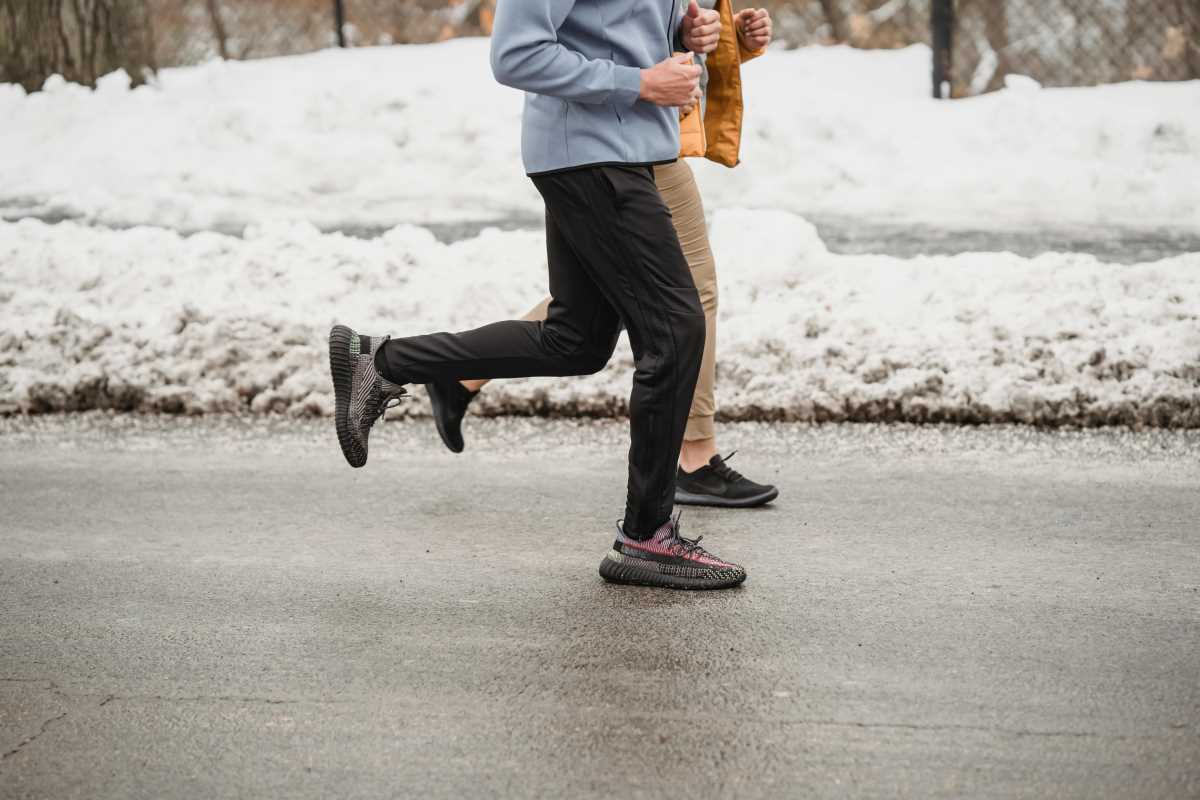Running during the colder months can feel daunting. As temperatures drop and daylight hours shorten, the idea of lacing up your running shoes may seem less appealing. Slippery sidewalks, biting winds, and the lure of staying warm indoors can easily disrupt your fitness routine. However, cold-weather running has its own unique benefits that go beyond physical health. Staying active through the winter helps maintain consistency, supports mental clarity, and even boosts your immune system. Rather than viewing the season as a barrier, it can be seen as an opportunity to strengthen both body and mind. With the proper preparation and mindset, winter can become a productive and even enjoyable time to deepen your commitment to fitness. From selecting the right gear to developing effective warm-up routines, small adjustments can make a big difference. Embracing the seasonal shift allows you to build resilience and stay on track with your goals—even when conditions are less than ideal.
Tip 1: Dress Appropriately for the Weather
Wearing the right clothing remains crucial to staying comfortable and safe while running in cold temperatures. Layering plays a key role, as it allows you to adjust your clothing based on your body temperature and the weather conditions.
- Base Layer: Choose moisture-wicking fabrics like polyester or wool to keep sweat away from your skin.
- Insulation Layer: Add a thermal layer such as fleece to retain body heat.
- Outer Layer: Wear a windproof and waterproof jacket to protect against the elements.
- Accessories: Don’t forget gloves, a beanie or headband, and thermal socks to prevent heat loss from extremities.
- Gear: Equip yourself with reflective gear or lights to stay visible during shorter daylight hours.
Tip 2: Warm Up Properly Before Running
Warming up remains essential to prepare your muscles and joints for the cold run ahead. A proper warm-up reduces the risk of injuries and improves your overall performance.
- Dynamic Stretches: Perform leg swings, arm circles, and torso twists to increase blood flow.
- Light Jogging: Start with a slow jog to gradually raise your heart rate.
- Mobility Exercises: Incorporate movements like lunges and high knees to enhance flexibility.
- Joint Rotations: Rotate ankles, knees, and hips to lubricate the joints.
Tip 3: Stay Hydrated and Nourished
Even in cold weather, staying hydrated and properly nourished remains vital for maintaining energy levels and overall health.
- Hydration Tips: Drink water before and after your run. Consider carrying a water bottle or using a hydration pack if running for extended periods.
- Warm Fluids: Consume warm beverages like herbal teas or electrolyte-infused drinks to maintain hydration without feeling cold.
- Nutrition Advice: Eat a balanced diet rich in carbohydrates and proteins to fuel your runs and aid muscle recovery.
- Pre-Run Snacks: Have a light snack, such as a banana or a granola bar, about 30 minutes before running for an energy boost.
Benefits of Maintaining a Cold Weather Running Routine
Keeping up with your running routine during the colder months offers several advantages:
- Enhanced Endurance: Running in challenging weather conditions builds stamina and resilience.
- Consistent Fitness: Maintaining regular exercise helps prevent fitness plateaus and keeps your health on track.
- Mental Strength: Overcoming the temptation to skip workouts boosts mental toughness and discipline.
- Improved Immune Function: Regular physical activity can strengthen your immune system, helping you fend off winter illnesses.
- Scenic Beauty: Enjoy the unique beauty of winter landscapes, which can make your runs more enjoyable and refreshing.
Challenges and How to Overcome Them
Running in cold weather presents hurdles. Here are some common challenges and ways to tackle them:
Slippery Surfaces: Ice and snow can make paths hazardous. Opt for routes that are plowed and salted, wear running shoes with good traction, or consider using traction devices like Yaktrax to prevent slipping.
Motivation: Cold mornings and shorter days can sap your motivation. Set specific goals, find a running buddy, or listen to energizing music to keep yourself inspired.
Breathing Cold Air: Inhaling cold air can irritate your airways. Try breathing through your nose to warm the air before it enters your lungs, and consider wearing a scarf or a mask over your mouth.
Visibility: With reduced daylight, it’s harder to see and be seen. Wear bright, reflective clothing and consider running during daylight hours when possible.
Equipment Maintenance: Cold weather can affect your gear. Store your running shoes and clothing in a dry place, and ensure electronic devices like fitness trackers remain protected from extreme cold.
By addressing these challenges proactively, you can create a sustainable and enjoyable running routine that withstands the demands of winter.
With preparation and consistency, winter running can be both enjoyable and empowering—helping you stay strong all season long.
 (Image via
(Image via





